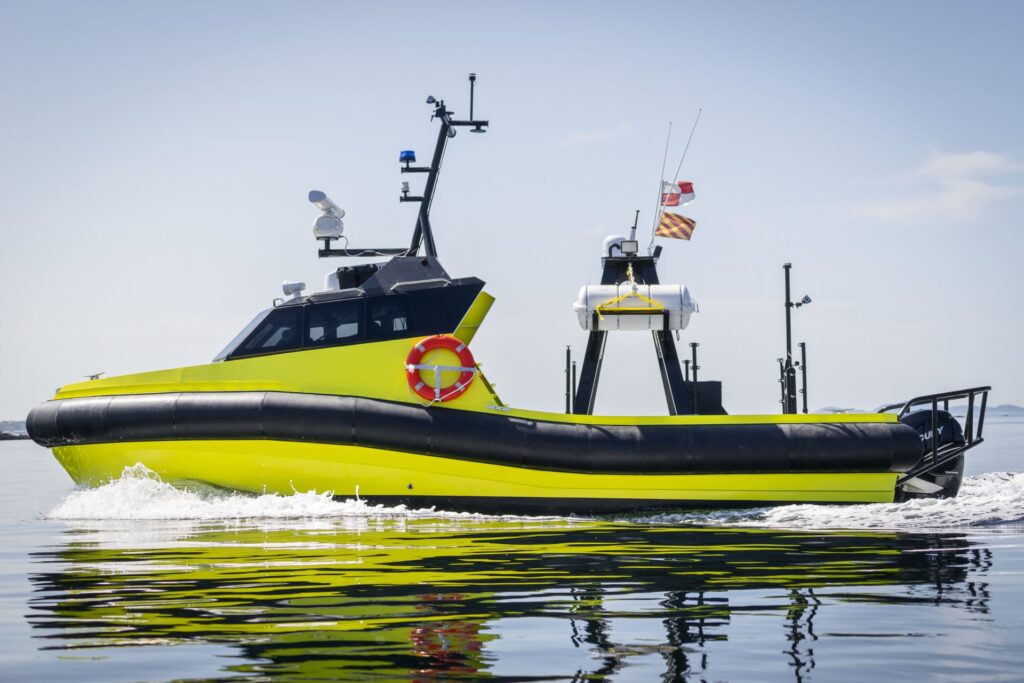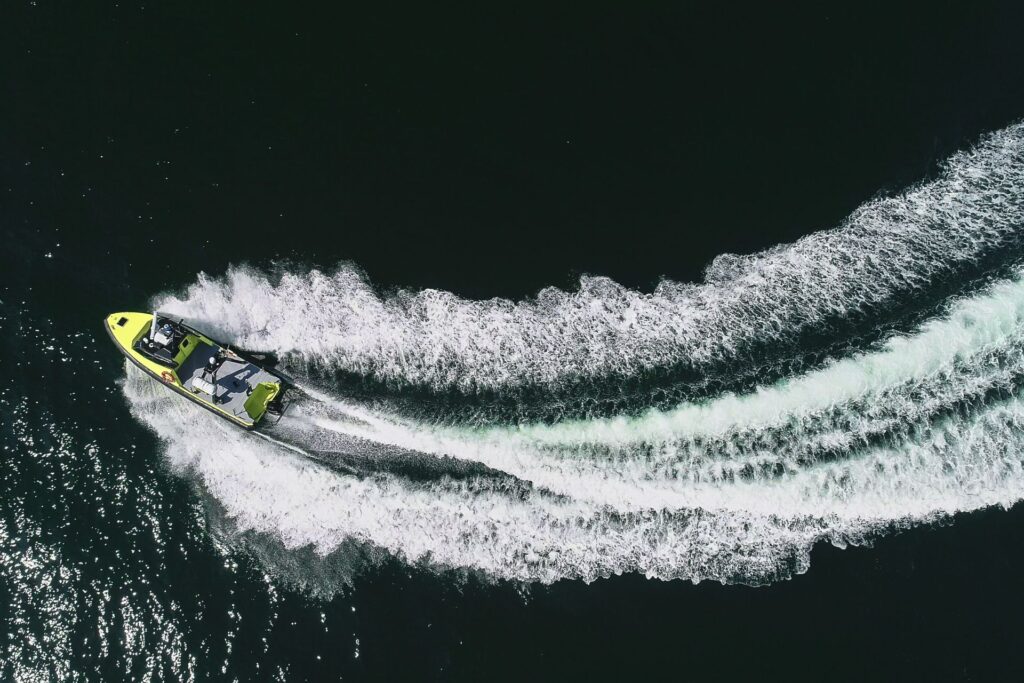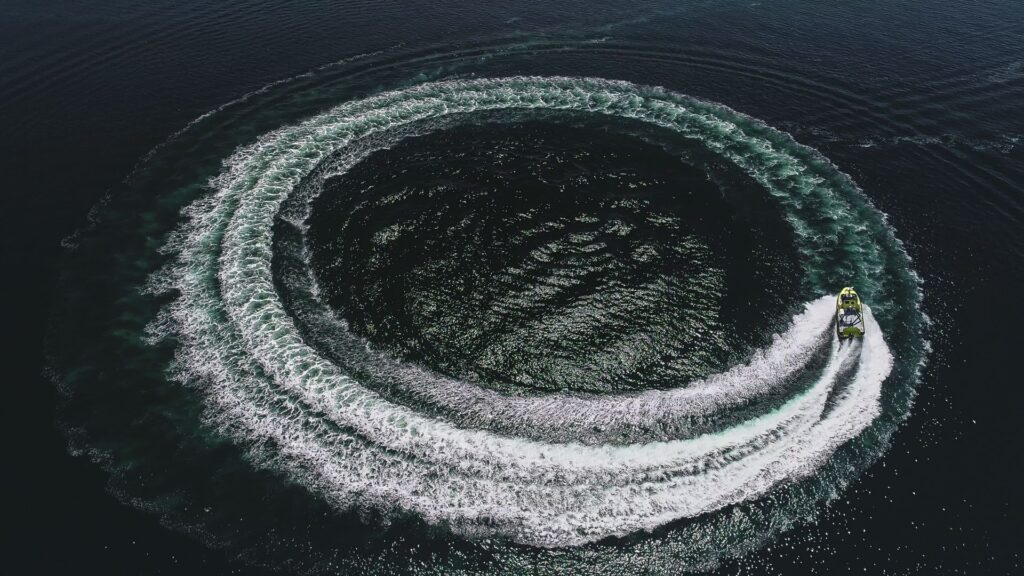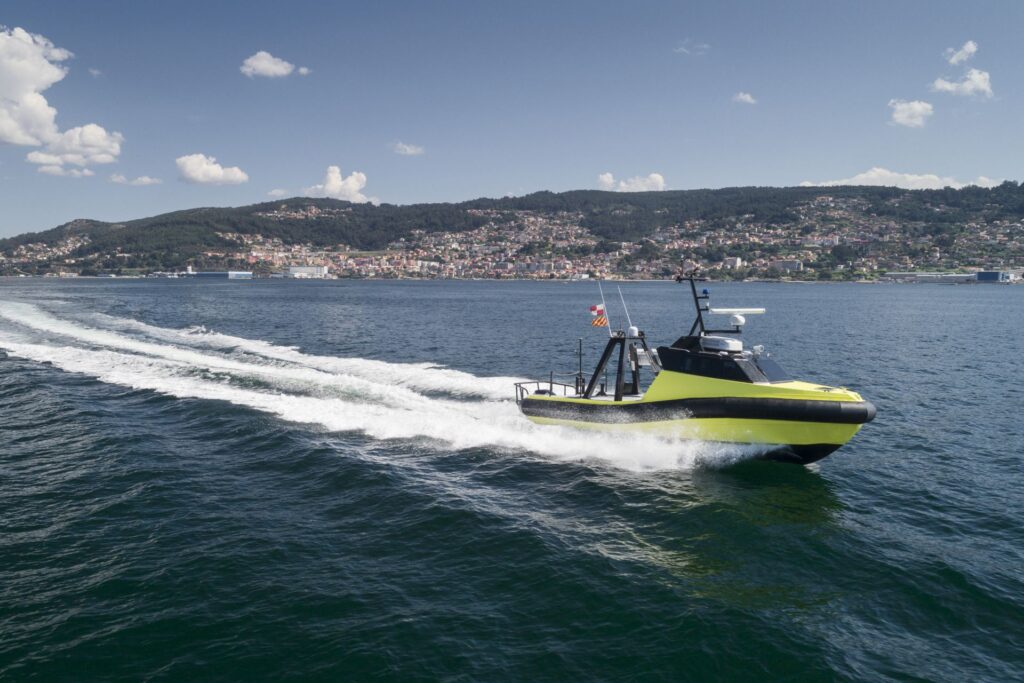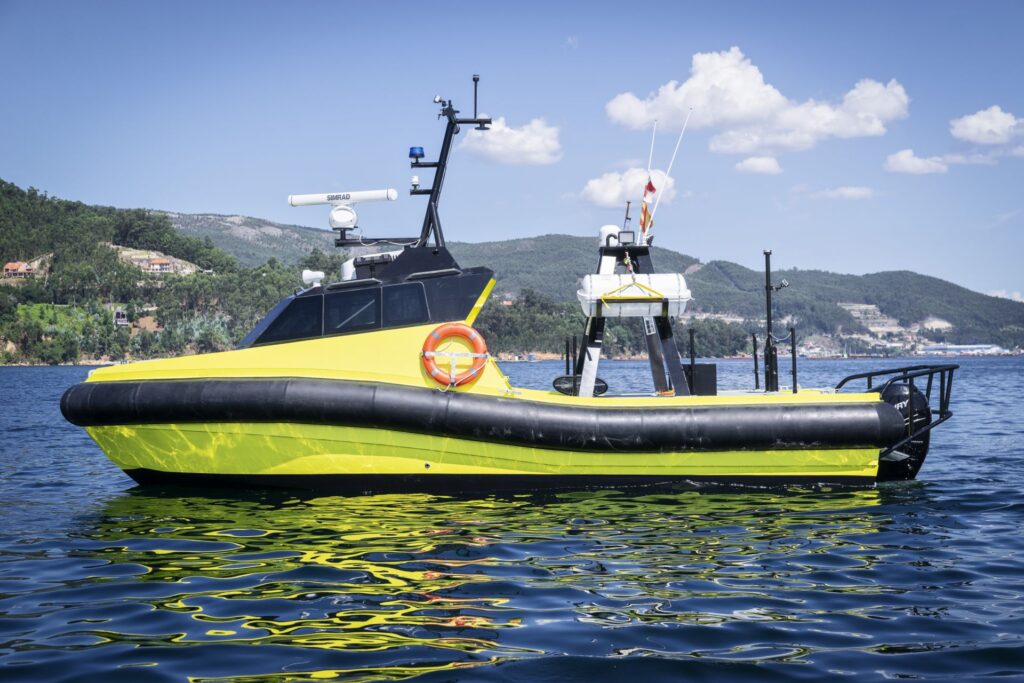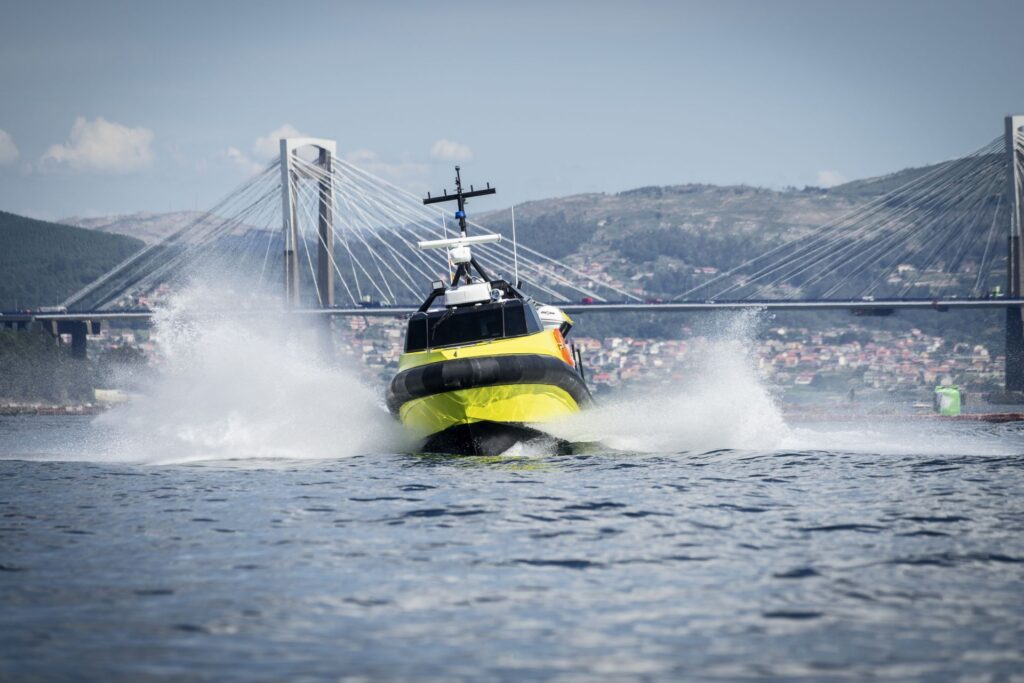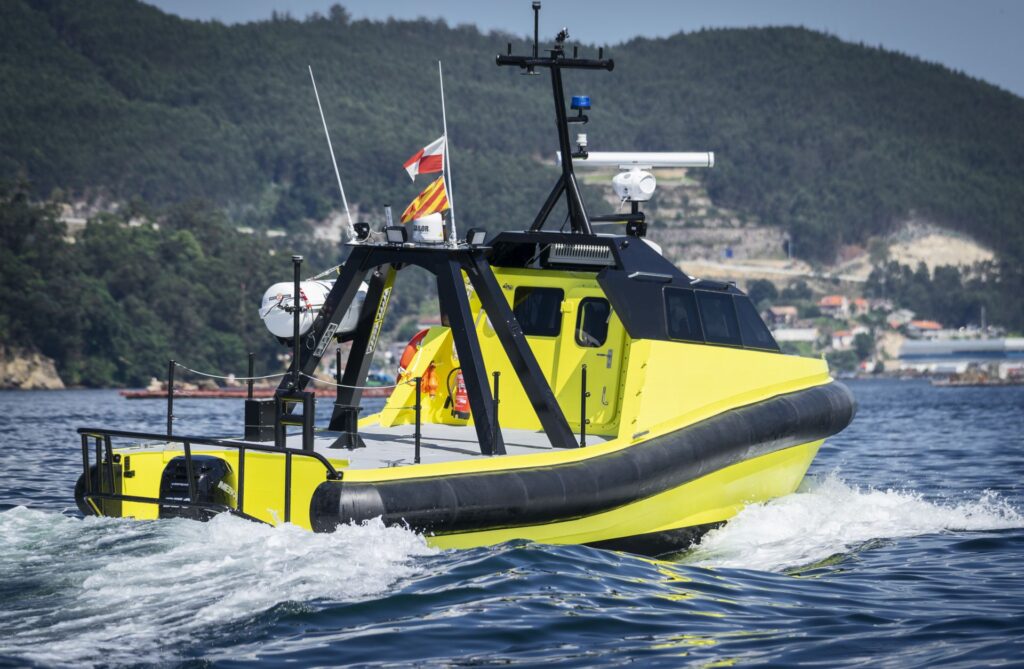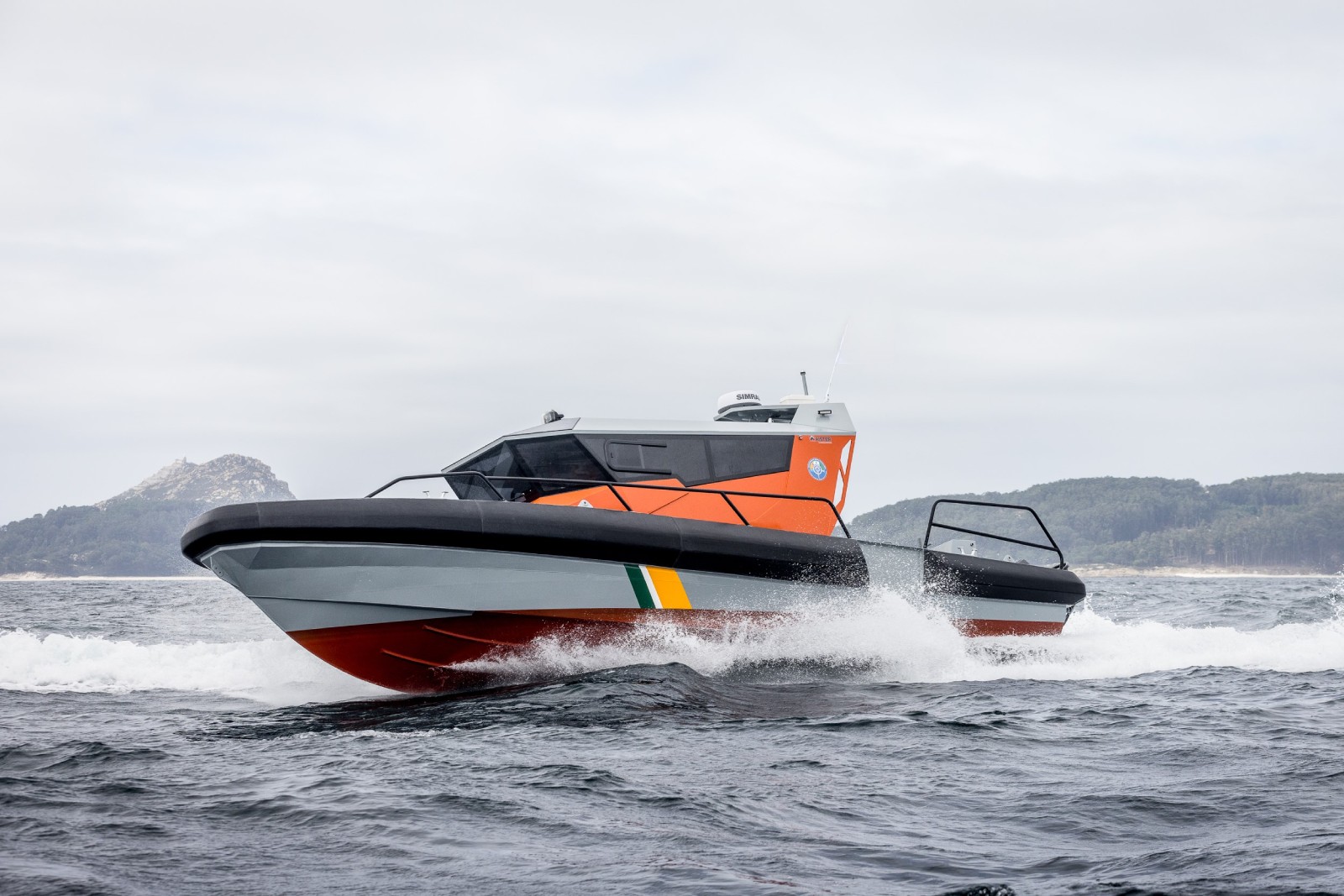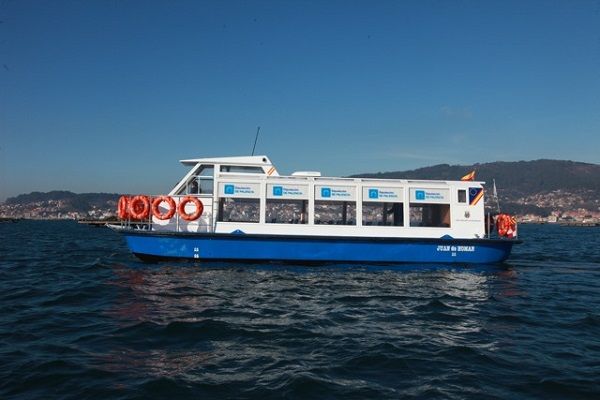AISTER builds in collaboration with Navantia the first USV (Unmanned Surface Vessel) to go into operation in Spain
In AISTER we have built, in collaboration with Navantia Sistemas, the first vessel with autonomous navigation capacity in Spain for the Port Authority of Ceuta. The USV (Unmanned Surface Vessel) “Vendaval” is the result of a top level collaboration in which AISTER has proved to be a reliable partner with the capacity to solve the challenges of this pioneering project.
Technical specifications
In AISTER we have built, in collaboration with Navantia Sistemas, the first vessel with autonomous navigation capacity in Spain for the Port Authority of Ceuta. The USV (Unmanned Surface Vessel) “Vendaval” is the result of a top level collaboration in which AISTER has proved to be a reliable partner with the capacity to solve the challenges of this pioneering project.
As part of the collaboration, Navantia Sistemas was in charge of developing the software and specific equipment for the launch and AISTER provided the integration of the mechanical and logical parts, as well as taking charge of its construction in naval aluminium.
Once its construction was completed at our shipyard, the launch was transferred in September 2018 to the Navantia base in San Fernando, where the specific equipment was installed and the first tests were carried out. It was already in December 2019 when it was transferred to Ceuta to test the surveillance systems in situ.
The USV “Vendaval” is the first vessel with autonomous navigation capability that will carry out surveillance, maritime traffic control and environmental protection aims.
Technical characteristics
It is a monohull boat with an overall length of 10.23 metres, a maximum beam of 3.25 metres and a draft of 0.60 metres.
The maximum number of persons on board is two crew members, with the ability to embark six more thanks to its shipwreck relief capability.
The installed power is a 350 HP main outboard engine and an auxiliary electric motor for emergency functions.
This first vessel with autonomous navigation capability reaches a maximum speed of 25 knots.
Functions and equipment
The USV “Vendaval” has three main functions. The first is to carry out surveillance work to detect and assist swimmers attempting to access ships bound for the mainland; the second function is to carry out maritime control to locate and tow suspicious vessels attempting to access the Port of Ceuta; and the third is to carry out environmental protection work, as the boat has the capacity to locate spills from vessels and colour the contaminated water by means of a chemical reaction.
To carry out these tasks, the vessel has a hook at its stern with a one-tonne pulling capacity – this same hook is what allows it to dock and undock automatically – and it also has a system with which it can launch flares.
The autonomously navigable vessel is also equipped with deterrents such as loudspeakers and police lights, as well as a video camera system that provides a 360-degree view.
Navigation modes and autonomous system
The USV “Vendaval” has two navigation modes: manual control with a crew on board that manages the boat, and the so-called remote control in which, through a remote control station located in the facilities of the Port Authority of Ceuta, a team can take over the management of the boat. For this purpose, the navigation systems (GPS, radar…) are reproduced in the station and the environment in which the boat is sailing can be seen thanks to the video camera system.
The autonomous navigation mode was achieved thanks to a previous mapping of the dock and the waters of Ceuta to mark the navigation limits of the vessel. The navigation charts of the port of Ceuta were added to this mapping to obtain the navigation environment. Within this system, a series of geographical points are set which automatically indicate the course to be followed by the boat. For example, for surveillance tasks, a closed route can be established.
In turn, from AISTER we have designed and built a specific pontoon so that this USV can perform the docking and undocking manoeuvre autonomously.
What was the main challenge for AISTER?
The biggest challenge for AISTER was the integration of the software with the mechanical part. In other words, the automatisms designed by the shipyard were able to function in response to the orders generated by the software developed by Navantia.
AISTER and Navantia collaboration
This collaboration between AISTER and Navantia has been pleasantly successful for both parties and looks set to continue over time. The project has undoubtedly meant a considerable effort in terms of technology development and inventiveness for both Navantia and AISTER.
AISTER is an aluminium shipyard located in Vigo Bay, specialising in the construction of aluminium boats, offering customised designs that respond to the needs of our clients, with a team with extensive experience in the naval sector.
